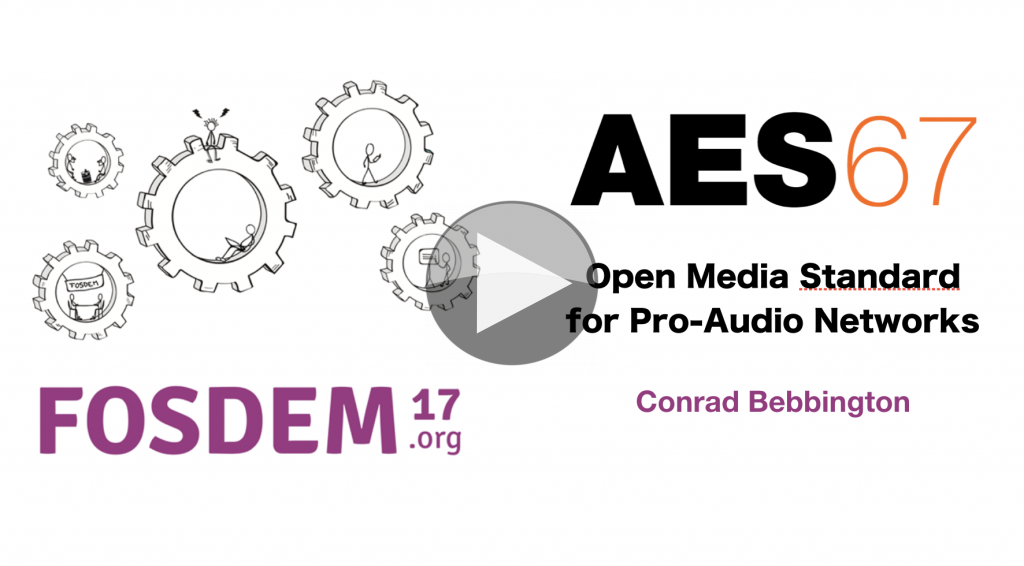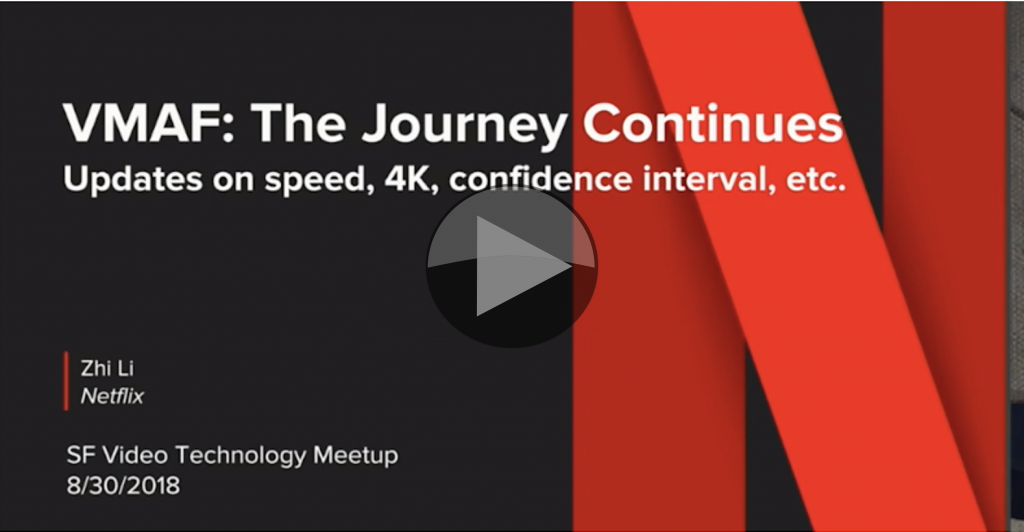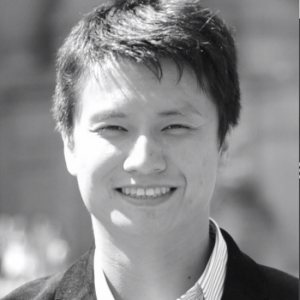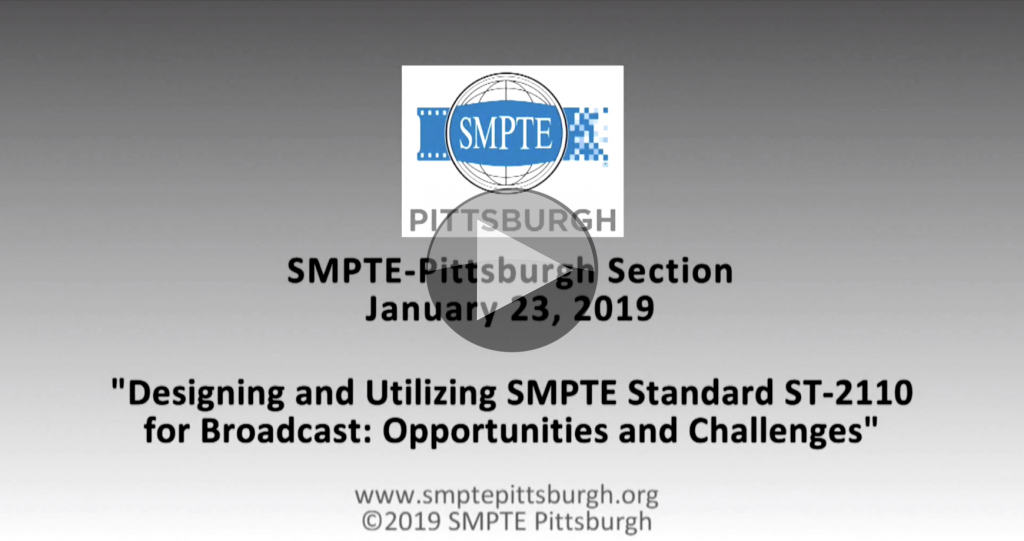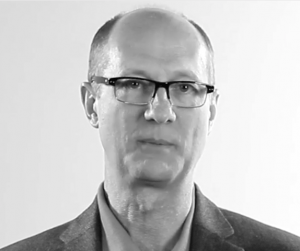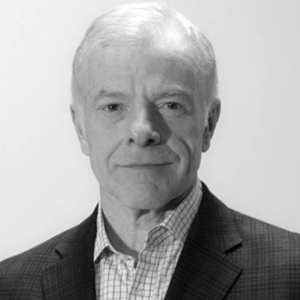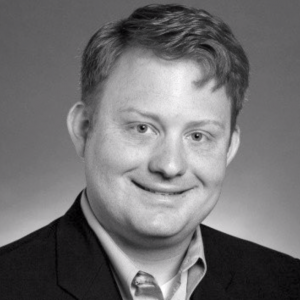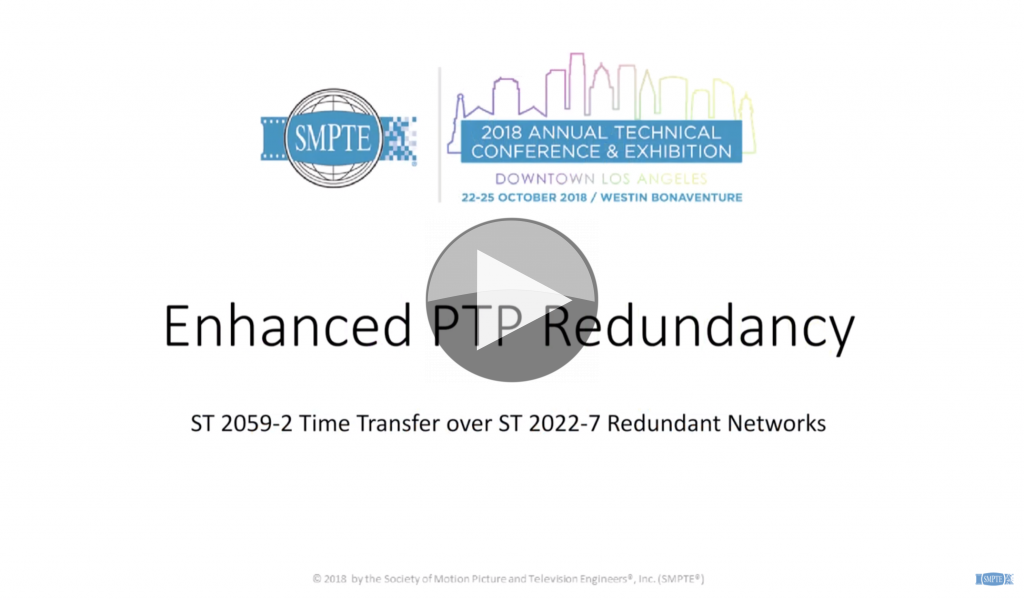AES67 is a method of sending audio over IP which was standardised by the Audio Engineering Society as a way of sending uncompressed video over networks between equipment. It’s become widespread and is part of SMPTE’s professional essences-over-IP standards suite, ST 2110.
Here, Conrad Bebbington gives us an introduction to AES67 explaining why AES67 exists and what it tries to achieve. Conrad then goes on to look at interoperability with other competing standards like Dante. After going into some implementation details, importantly, the video then looks the ‘Session Description Protocol’, SDP, and ‘Session Initialisation Protocol’, SIP which are important parts of how AES67 works.
Other topics covered are:
- Packetisation – how much audio is in a packet, number of channels etc.
- Synchronisation – using PTP
- What are SDP and SIP and how are they used
- Use of IGMP multicast
- Implementation availability in open source software
For a more in-depth look at AES67, watch this video
Speakers
 |
Conrad Bebbington Software Engineer, Cisco |

